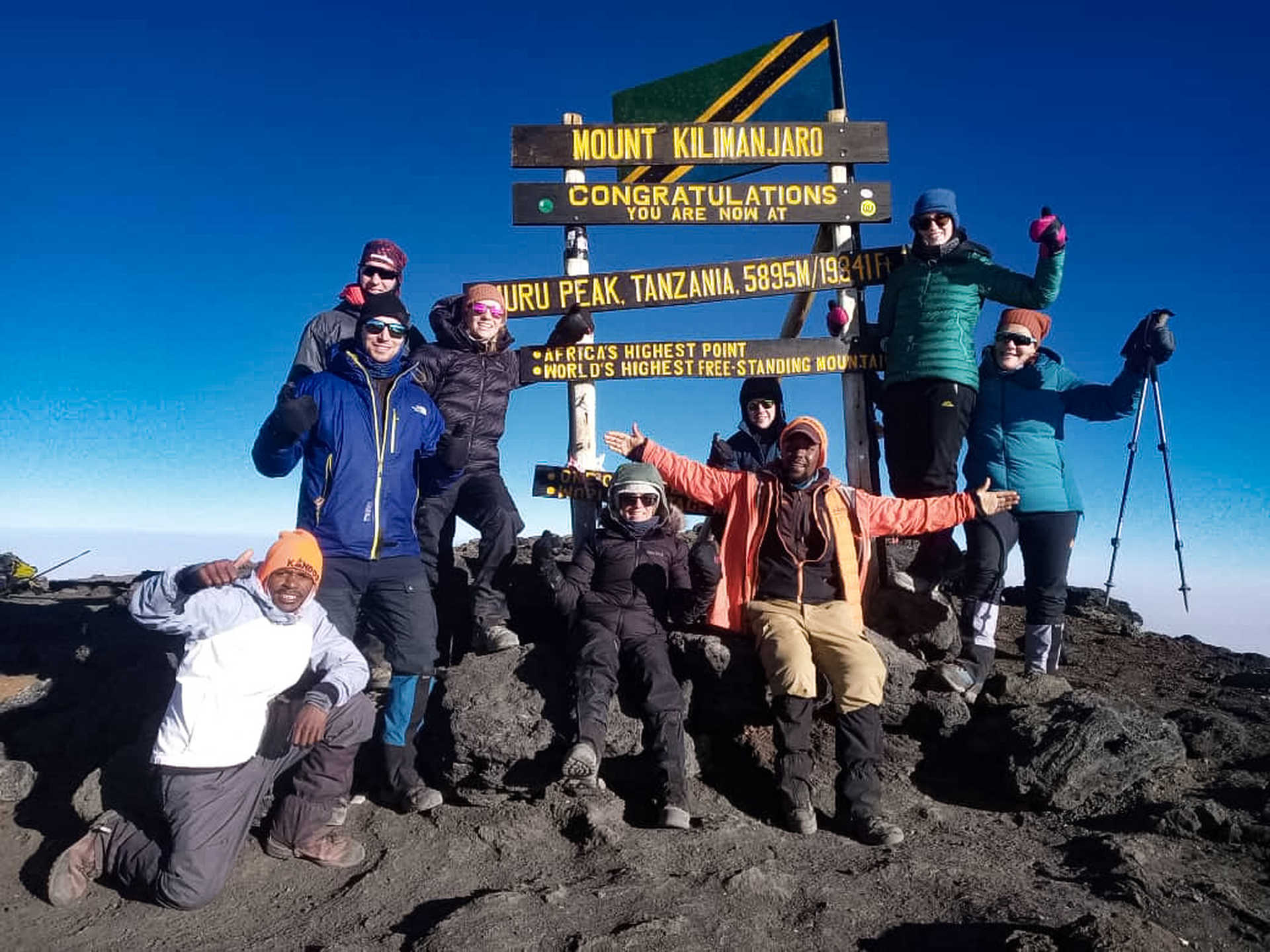Why some people don’t summit Kilimanjaro
It is
estimated that around 50,000 people attempt to summit Kilimanjaro every year
however, Kilimanjaro National Park reports that on average only two-thirds are successful due to a number of reasons that cause
climbers to turn back short of the 5,895m summit. But don’t let this Kilimanjaro success rate dishearten
you, climbing Kilimanjaro is very much achievable!
At Kandoo
Adventures we believe that anyone has the potential to successfully summit
Mount Kilimanjaro. Don’t believe us? Just look at our 98% average Kilimanjaro success
rate across our Kilimanjaro trips. With over 15 years of experience,
we have helped more than 12,000 people reach the summit of Kilimanjaro so rest
assured you’re in trusted hands.
As you
prepare to climb Kilimanjaro, there are several things you can do to increase
your chances of reaching the highest peak on the continent of Africa.
In this blog
post, we’ll uncover the common pitfalls that trekkers face when climbing
Kilimanjaro and offer our advice on how to overcome them. We’ll discuss the
main reasons why people fail to reach the summit of Kilimanjaro including
altitude sickness, not completing sufficient training for climbing Kilimanjaro
and choosing a poor Kilimanjaro tour operator.
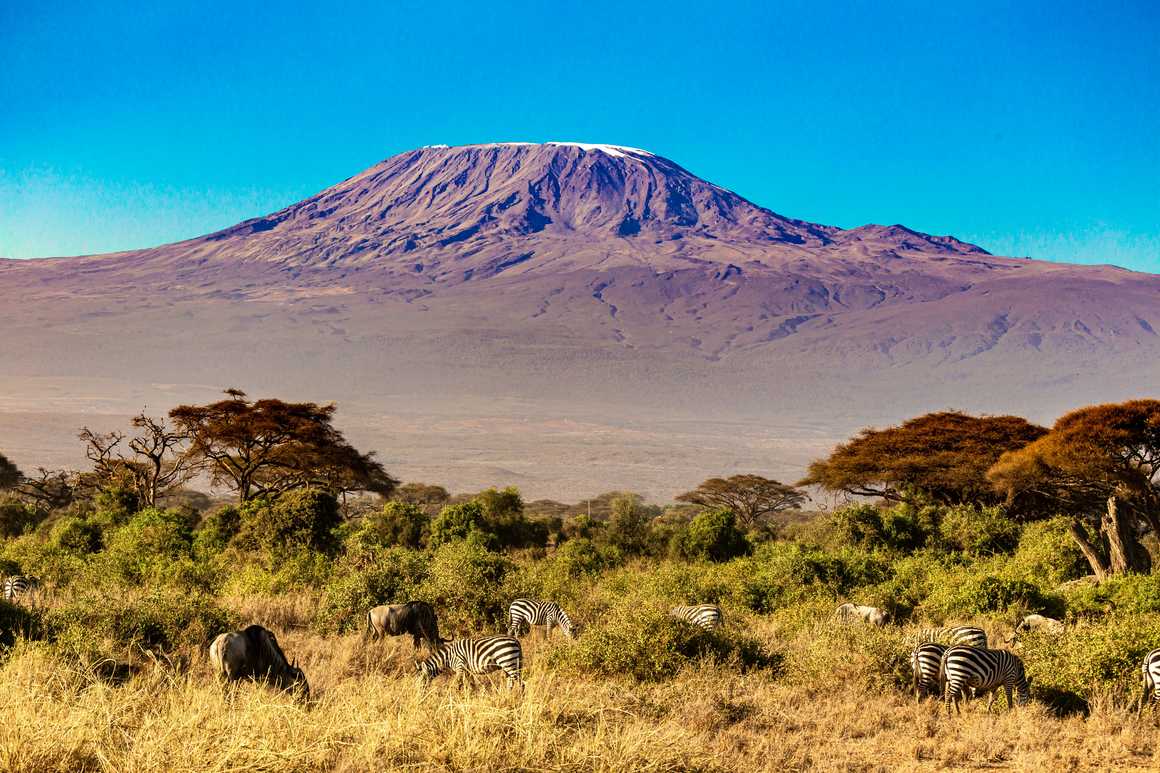
1. Altitude sickness
While Kandoo
Adventures Kilimanjaro itineraries are carefully planned to ensure climbers
have enough time to adjust to the change in altitude, even the most experienced trekkers and
mountaineers can suffer from altitude related illnesses. Your age, gender and
fitness level have no bearing on whether you’ll suffer from altitude sickness
so if you’re planning on climbing Kilimanjaro, you’ll need to be prepared for
the possibility of this.
Minor symptoms of altitude sickness include headaches, but these can be treated with painkillers and by maintaining your water intake, inability to sleep and an upset stomach. It is common to struggle to sleep at altitude and the altitude can cause nausea, vomiting and diarrhoea. Bringing anti-sickness medication and Immodium or similar will alleviate these symptoms for most people. Some trekkers also use the drug Acetazolamide (Diamox) to prevent altitude sickness. It’s when symptoms become more moderate to severe that your chances of reaching the summit of Kilimanjaro are threatened.
For more
information on symptoms for altitude sickness and altitude sickness
medications, check out our helpful blog on how to prevent altitude sickness.
2. The Kilimanjaro route you take
The best
route to climb Kilimanjaro is dependent, of course, on your individual
priorities (like avoiding crowds in the high season) but you should take into
account the amount of time each route dedicates to high altitude acclimatisation and its success rate when choosing which one you will take. Ultimately, the longer you
spend on the mountain, the higher your chance of reaching the top.
So, again,
one of the main reasons for unsuccessful attempts when climbing Kilimanjaro is
caused by the altitude. If you’ve not trekked much at altitude before, we’d
recommend taking the highly popular Machame route which is known for its very
high success rate due to plenty of time being dedicated to acclimatisation
while on the mountain. Of all the Kilimanjaro route success rates, the Machame has the highest both with Kandoo and as reported by the national park authority.
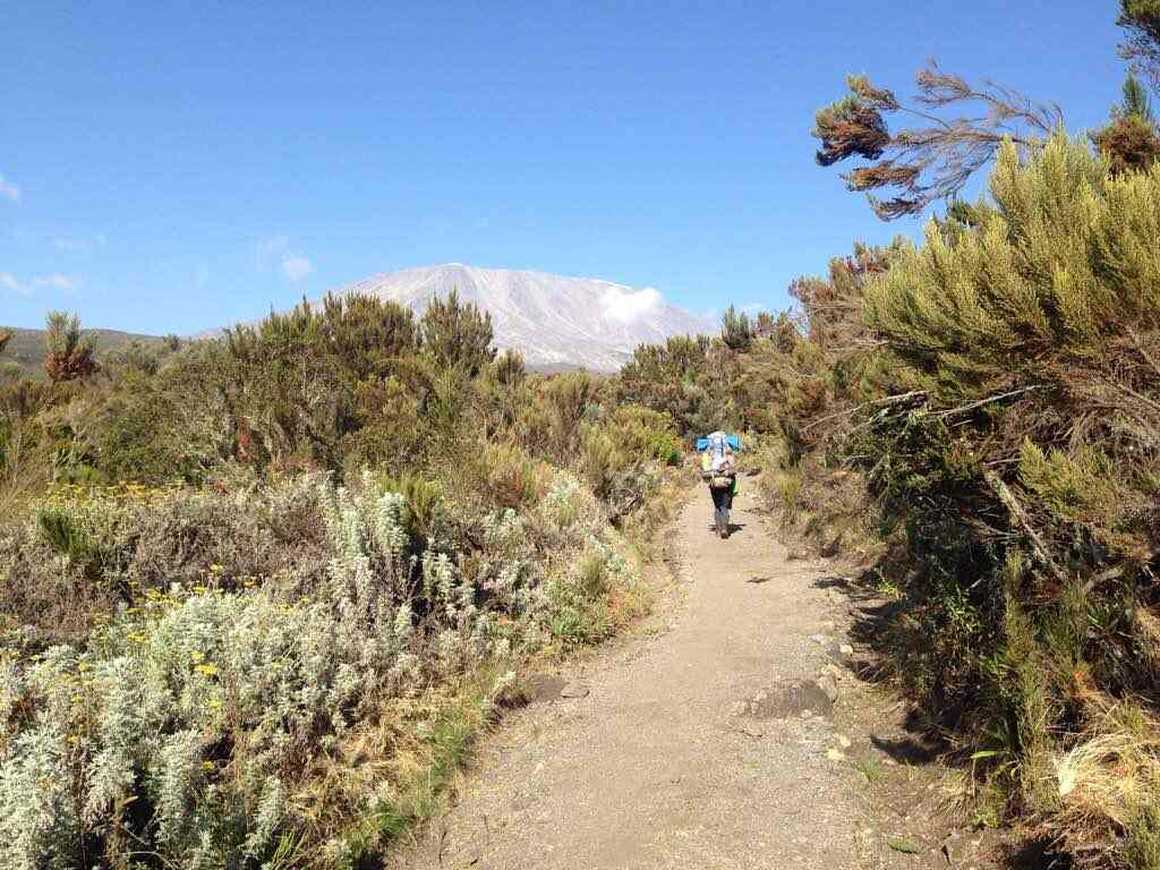
3. Inadequate fitness
We recommend
preparing a well-rounded Kilimanjaro training plan which incorporates a
variety of strength training, aerobic training and mountain training. The fitter you are before you leave
for Tanzania, the easier and more enjoyable you will find your time on the
mountain.
With that
being said, anyone with a decent level of fitness has a great chance of
reaching the summit of Kilimanjaro. As a rough guide, if you are happy hill
walking for 6-7 hours a day at ascent then you should be able to climb
Kilimanjaro. You should aim to carry a 30-litre daypack during any mountain
training as you will be required to carry similar on your Kilimanjaro trek.
4. Lack of mental resilience
There is no
getting around the fact that the Kilimanjaro trek is demanding and there may be
days where you feel like giving up, particular on summit night. Maintaining a
positive mindset is vital to pushing past what your body thinks is its limits
and reaching your end goal. We're particularly proud of our guides and support teams in this respect as their unfailing positivity, drive and care are consistently reported as being integral to the success of our guests climbs. Whether it's singing to pass the time or baking cakes over a fire at altitude, the lengths our team will go to to keep people upbeat is astonishing and we owe our much of our Kilimanjaro climb success rate average to their optimism.
Climbing
Kilimanjaro is a life changing experience, and you’ll likely form close bonds
with your group. Those friendships you make along the way will be a valuable
support system as you strive to the summit together.
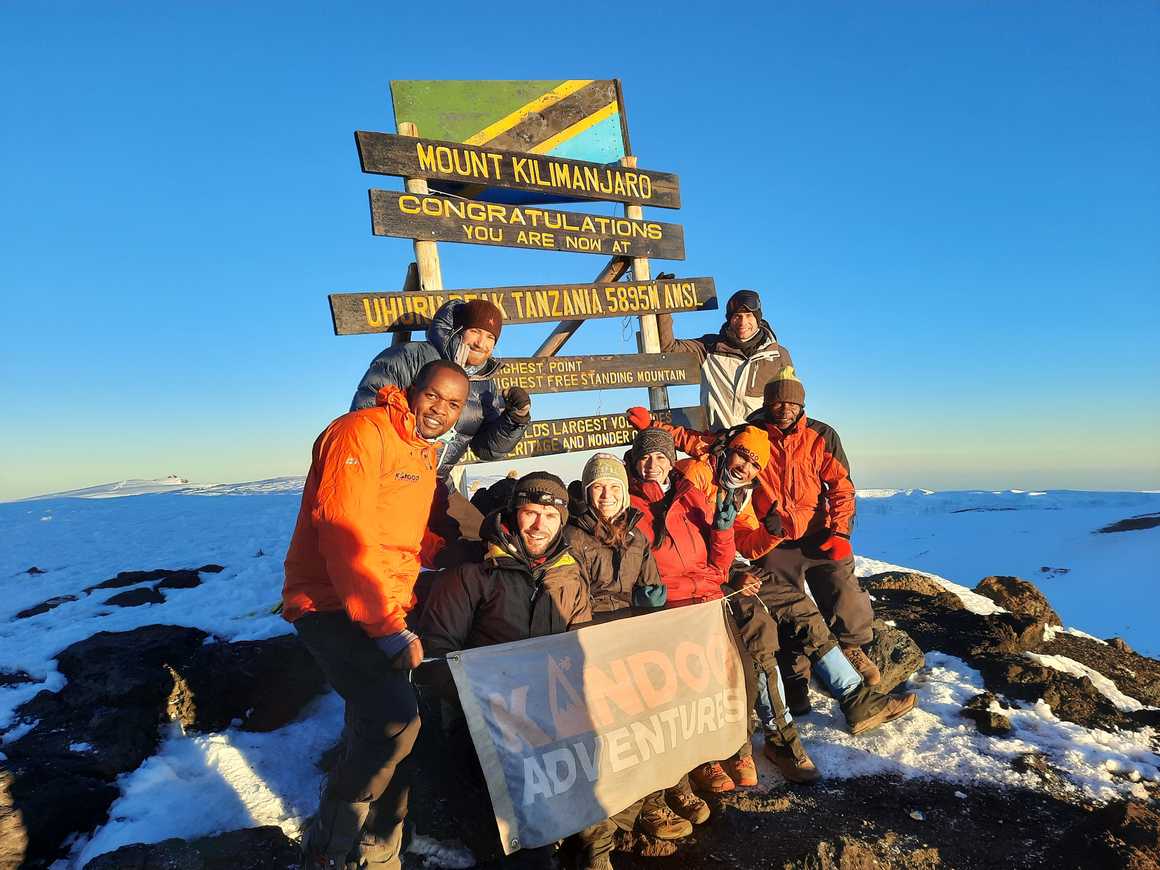
5. Trekking injuries
The most
common hiking injuries that occur on Mount Kilimanjaro involve the feet, ankles
and legs. Who’d have guessed, right? These include blisters, ankle sprains,
muscle pulls, minor cuts and bruises, shin splints, stress fractures and many
more. While none of these conditions are life threatening, they can result in
your trip being cut short.
To prevent
these types of injuries we’d recommend bringing everything on our Kilimanjaro
packing list. This includes a quality pair of hiking boots (worn in of
course), merino wool trekking socks and blister plasters (these are a life
saver!). Your guide on Kilimanjaro will carry a first aid kit at all times but
we recommend you carry painkillers and anti-inflammatory tablets/gel as well as
blister plasters.
6. Not having the correct equipment
While
climbing Kilimanjaro requires no technical mountaineering equipment, common
Kilimanjaro gear mistakes people make include bringing improper footwear, ill-fitting
backpacks, insufficient rain protection, inadequate warm clothing, improper
gloves and hats and insufficient sun protection.
Kandoo
Adventures supply climbers with a 3-man tent per two people, mattresses, a
dining tent including tables, chairs and eating utensils and a toilet for the
private use of your group on the mountain. You can also rent a Four Season
Mountain Hardwear Lamina -30 Sleeping Bags ($50 per climb) and trekking poles
($20 per climb) from us. Remember to read your trip information thoroughly and give your Mount Kilimanjaro success rate the best possible chance!

7. Choosing poor guides
Expertly
managed by Emanuel Nguma, our Kilimanjaro mountain guides, Tanzania safari
guides, drivers and cooks are some of the best in the country. Tanzania was
Kandoo Adventure’s first ever destination and we have helped more than 12,000
people reach the summit of Kilimanjaro. A quick glance at our TrustPilot
reviews and it is clear just what an outstanding service our team deliver! We work hard to look after our local teams and are a dedicated partner of KPAP an organisation that supports the fair treatment of porters on Kilimanjaro.
8. Not eating enough
Breakfast is
usually hearty and includes porridge, sausage, eggs and toast with marmalade or
jam. A typical packed
lunch is a boiled egg, sandwiches, a portion of chicken, crisps, snack bar,
fresh fruit and a drink. Dinners usually begin with a hearty soup followed by a
main course such as chicken curry, spaghetti Bolognese, fresh vegetables and a
yummy desert such as pancakes or banana fritters to finish.
9. Not drinking enough
This means
drinking water even when you don’t feel thirsty, and our guides will remind you
to upkeep your water intake consistently throughout the day. You’ll thank them
later!
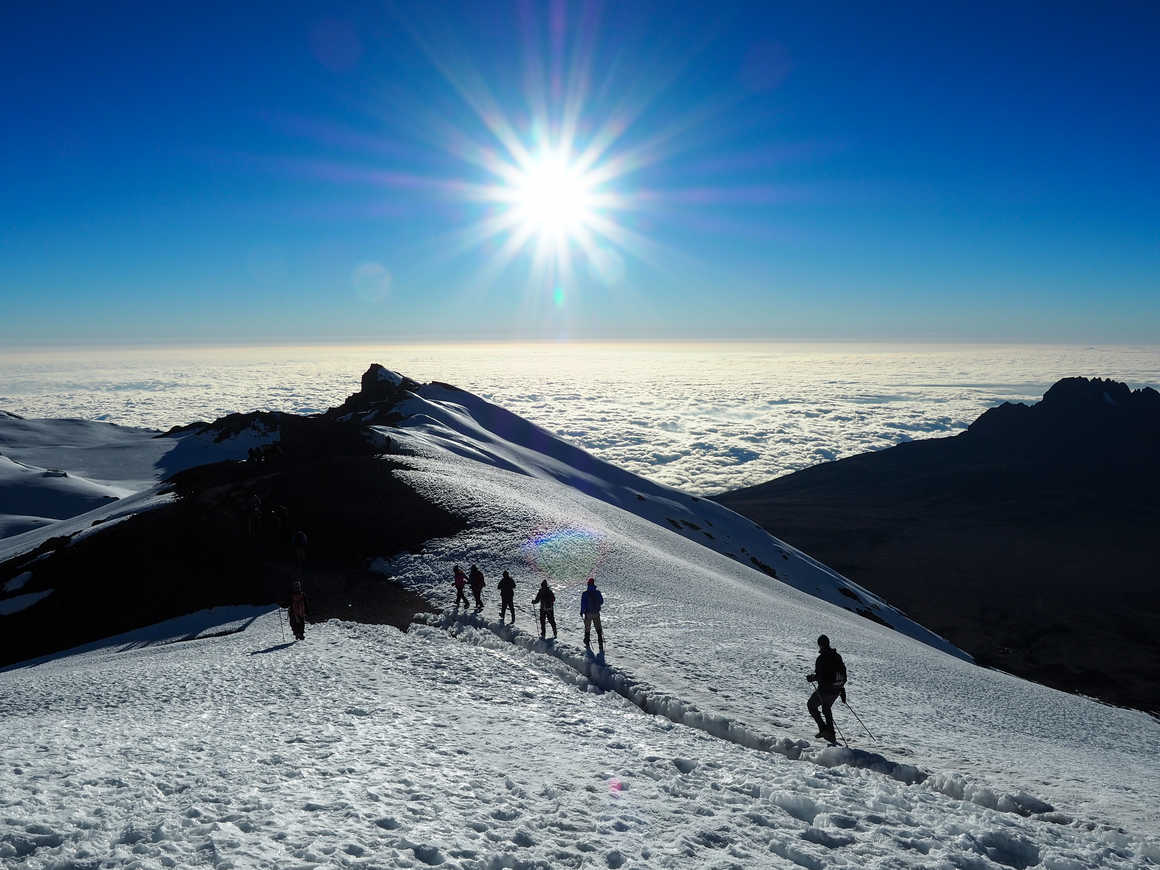
10. Not being prepared for all weather
The journey
to Kilimanjaro summit guides climbers through five separate ecological zones,
each with its own distinct features and climates. While temperatures at the
base of the mountain range between 21 to 27 degrees Celsius (70 to 80 degrees
Fahrenheit) during the high season, there is in fact snow on Kilimanjaro
summit. More than that, there is actually a glacier near the summit.
The high
altitude makes the summit region extremely cold and you don’t want to get
caught out (it’s especially cold at night). The best way to ensure you are
prepared for the weather on Mount Kilimanjaro is by referring to our
Kilimanjaro packing list which covers all the gear you need for the best chance
of Kilimanjaro summit success, including fleece base layers, insulated jackets
and much more.










